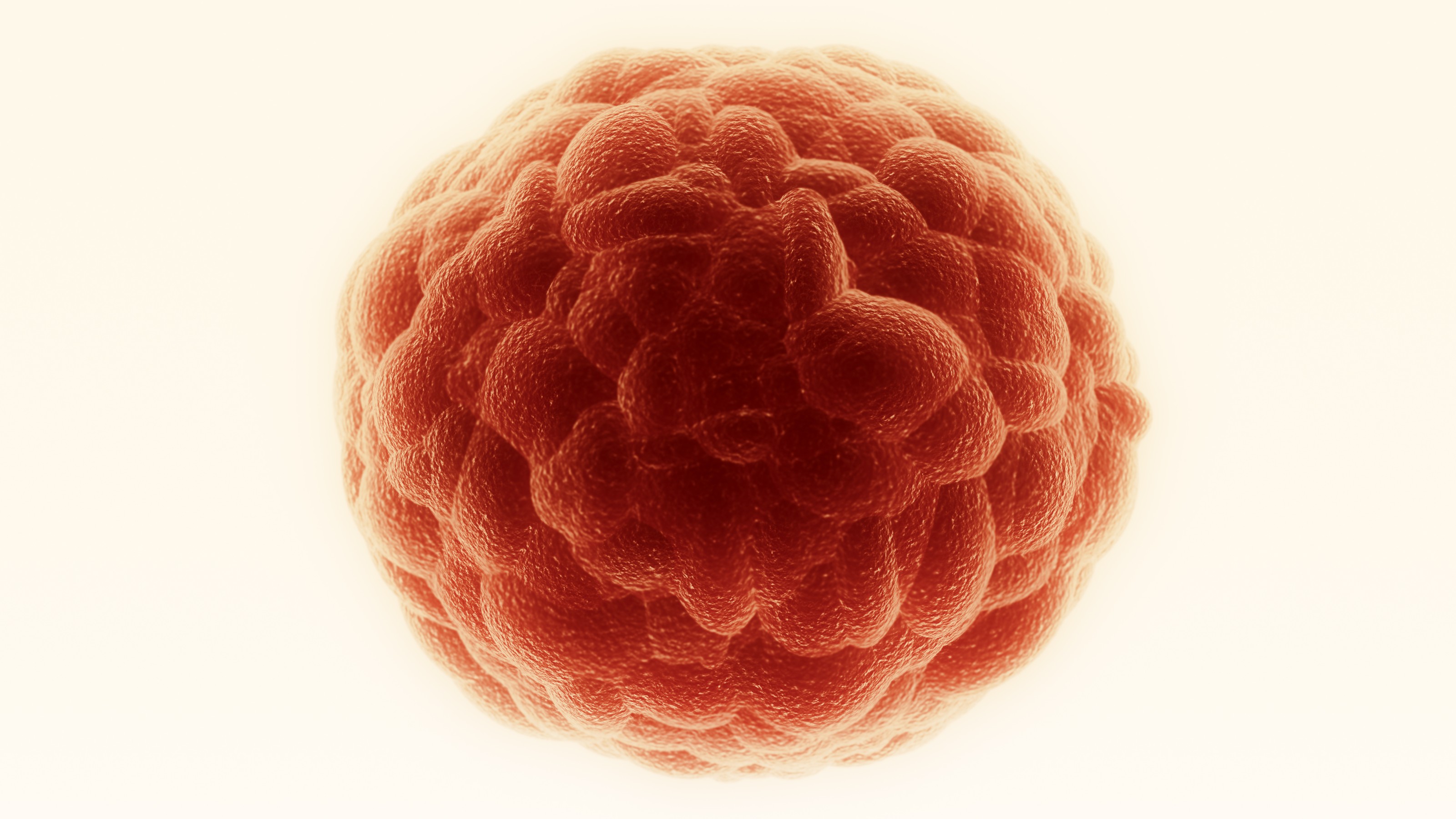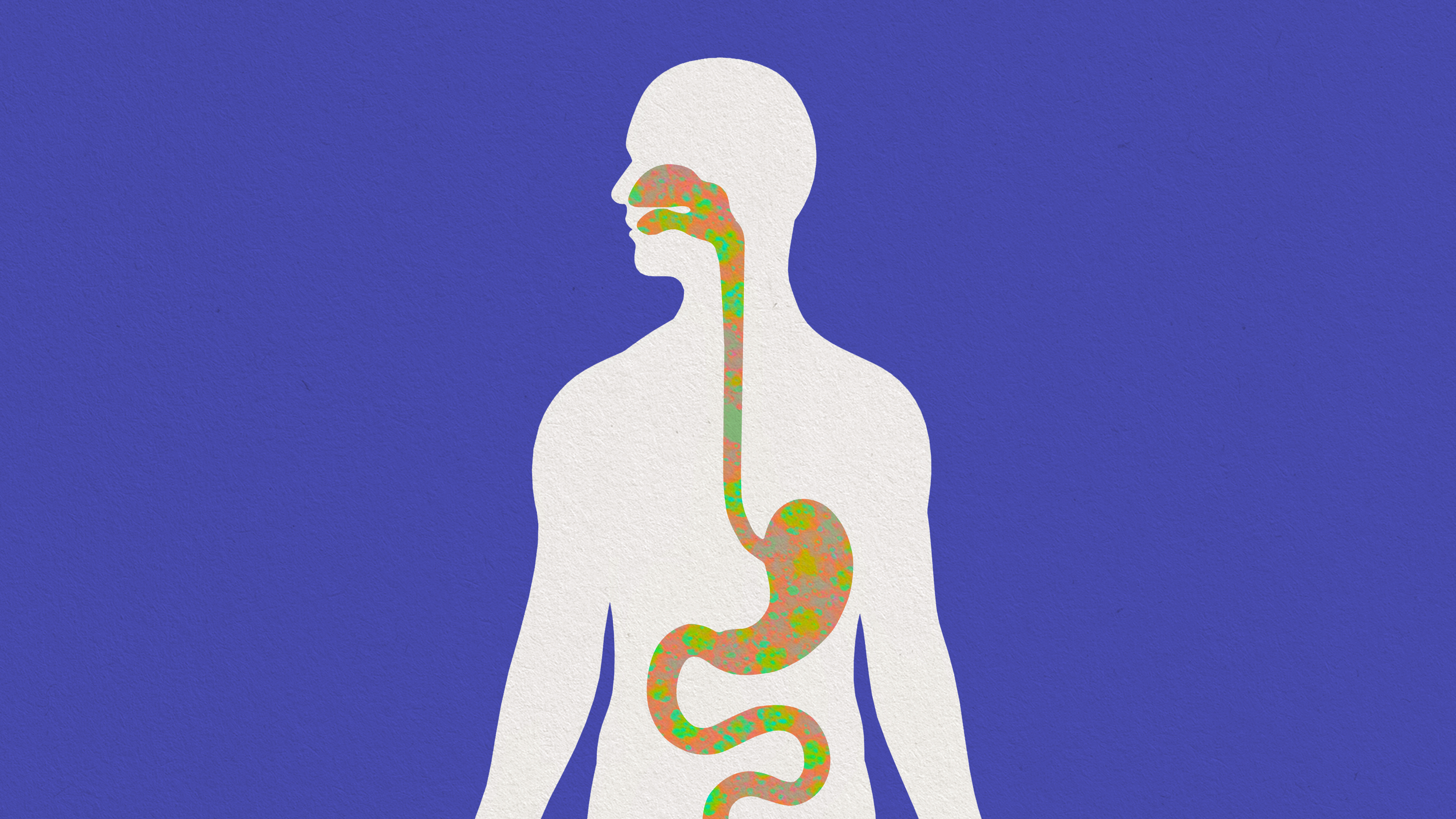- Every time we learn something new, our brain changes.
- There are four basic steps in creating a memory: encoding, consolidation, storage, and retrieval.
- Figuring out how memories are encoded at the genetic and molecular level is at the frontier of neuroscience.
LISA GENOVA: So today, today has never happened before, right? My brain is different every time I remember something new, anything I learned today; for me to remember that tomorrow means my brain had to change. So what changed? We don't entirely understand it all.
There are four basic steps in creating a memory: The first is called Encoding. This means that your brain takes all of the sights, the sounds, the smells, the tastes, the feelings, the information of what you learned or experienced and translates that into neurological language. The second step is called consolidation. Here your brain links together, all of the previously unrelated neural activity and connects them into a pattern of associative connections, a sort of neural circuit that can live for decades. The third step is Storage. Your brain locks in this information by making enduring, long-lasting changes in your neural architecture, changes in neuroanatomy and neurochemistry that persists long after you first learned or experienced the information. The part of your brain that's essential for forming all of your consciously held memories is in your hippocampus. Where neurogenesis, which is the birth of new neurons, happens. The last step is retrieval. So you got the information in, to remember it, you want to get the information out. So this means you can now activate this neural circuit. And so you can recall, revisit, reminisce, know something that happened or that you learned before.
We can actually see what's going on through brain scans through functional MRI imaging. So if I were to put you in a brain scanner, and I were to show you a picture of the cast of friends: So you're looking at this image, and you're seeing the different characters, Phoebe and Joey, and you're lighting up in specific areas of your brain based on what they look like, and maybe some memories of you watching the show. I take the image away. And then I ask you to remember maybe five minutes later, that picture of the cast of friends. That neuroimaging will light up in different parts of your brain at first while it's searching and then when you say, 'I've got it,' your brain activity has landed on the exact same places in your brain that were lit up and activated when you were actually looking at the photo. So the pattern of neural activity is based on what you paid attention to and learned. It will be recalled again; it will be reactivated. The advances in memory will have a lot to do with cracking that code of molecular events. We're trying to understand at a genetic and molecular level, how does a human brain go from not knowing something to knowing something? How does it go from never having experienced what happened today, to being able to remember what happened today, tomorrow? In order for that to happen, your brain has to change. And so the science will start to unravel what those specific changes are on a molecular and genetic level.
NARRATOR: Get smarter, faster, with videos from the world's biggest thinkers. And to learn even more from the world's biggest thinkers, get Big Think Plus for your business.







